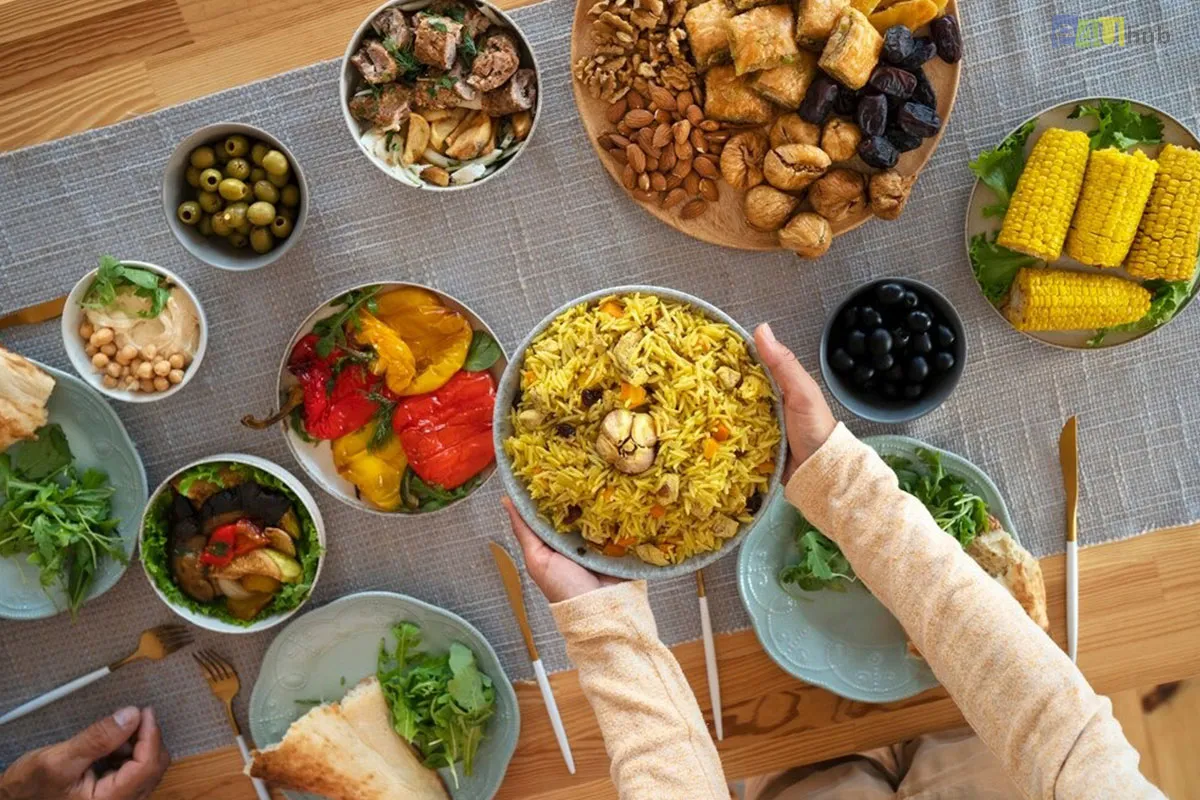
Cuisine And Culture: A Foodie's Guide To Experiencing Authentic Flavors Around The Globe
- 03 Feb, 2024
- Travel
- 792 Views
- 0 Comments
Embarking on a culinary journey is not merely about satisfying hunger; it's a passport to the heart of diverse cultures, a sensory exploration that transcends borders. For passionate foodies, the connection between cuisine and culture is an adventure waiting to unfold. In this blog post, we will embark on a flavorful odyssey, exploring how immersing yourself in the authentic flavors of different regions unveils the rich tapestry of global cultures.
The Global Tapestry of Flavors:
1. Street Food: A Glimpse into Local Life
Street food is the heartbeat of many cultures. From the vibrant night markets of Bangkok to the food stalls of Marrakech, indulging in street food offers a genuine taste of local life. Savoring a bowl of Pho in Hanoi or enjoying Empanadas in Buenos Aires immerses you in the rhythm of the streets, where flavors tell stories.
2. Farmers' Markets: A Culinary Adventure
Farmers' markets are treasure troves of regional produce and culinary craftsmanship. Exploring these markets provides a hands-on experience with local ingredients. Whether it's sampling artisanal cheeses in France or selecting fresh spices in a bustling market in India, farmers' markets are culinary adventures waiting to happen.
3. Cooking Classes: Hands-On Cultural Immersion
Taking a cooking class in a foreign land is a sensory and educational experience rolled into one. Learn to prepare Pad Thai in Thailand, master the art of making pasta in Italy, or discover the secrets of traditional sushi in Japan. These classes not only teach you culinary skills but also offer insights into the cultural significance of each dish.
4. Traditional Festivals: Celebrating with Food
Festivals around the world are synonymous with unique culinary delights. From the elaborate sweets of Diwali in India to the savory pastries of Mardi Gras in New Orleans, participating in traditional festivals allows you to celebrate culture through the universal language of food.
5. Culinary Trails: Exploring Regional Specialties
Every region boasts its culinary specialties. Embark on culinary trails to explore regional dishes and flavors. Whether it's feasting on tapas in Spain, savoring the diverse curries of India, or enjoying a traditional English afternoon tea, culinary trails showcase the breadth and depth of global gastronomy.
6. Food and History: Culinary Time Travel
Food is often a reflection of a region's history. Exploring dishes that have withstood the test of time allows you to taste history itself. Enjoying ancient recipes in Rome, trying centuries-old street food in Istanbul, or indulging in recipes passed down through generations in Kyoto provides a unique glimpse into the culinary time capsules of different cultures.
7. Coffee and Tea Culture: Brewed Traditions
Coffeehouses and tea ceremonies are cultural institutions in many societies. Delve into the coffee culture of Ethiopia, experience the intricate Japanese tea ceremony, or savor traditional British high tea. These rituals offer not only a caffeine fix but also a deep dive into the cultural fabric of each locale.
The Cultural Etiquette of Dining:
Understanding the cultural etiquette of dining is crucial when immersing yourself in global cuisines. From the communal dining practices of Ethiopia to the delicate rituals of a Japanese kaiseki meal, respecting local dining customs enhances the authenticity of your culinary experience.
Conclusion:
Embarking on a foodie's journey to experience authentic flavors around the globe is not just about tasting different cuisines; it's about embracing the soul of each culture. Whether you're sampling street food, participating in cooking classes, or savoring regional specialties, the connection between cuisine and culture is a doorway to understanding the traditions, history, and values of diverse communities. So, grab your fork and embark on a gastronomic adventure – the world is waiting to be tasted!















Leave a Reply